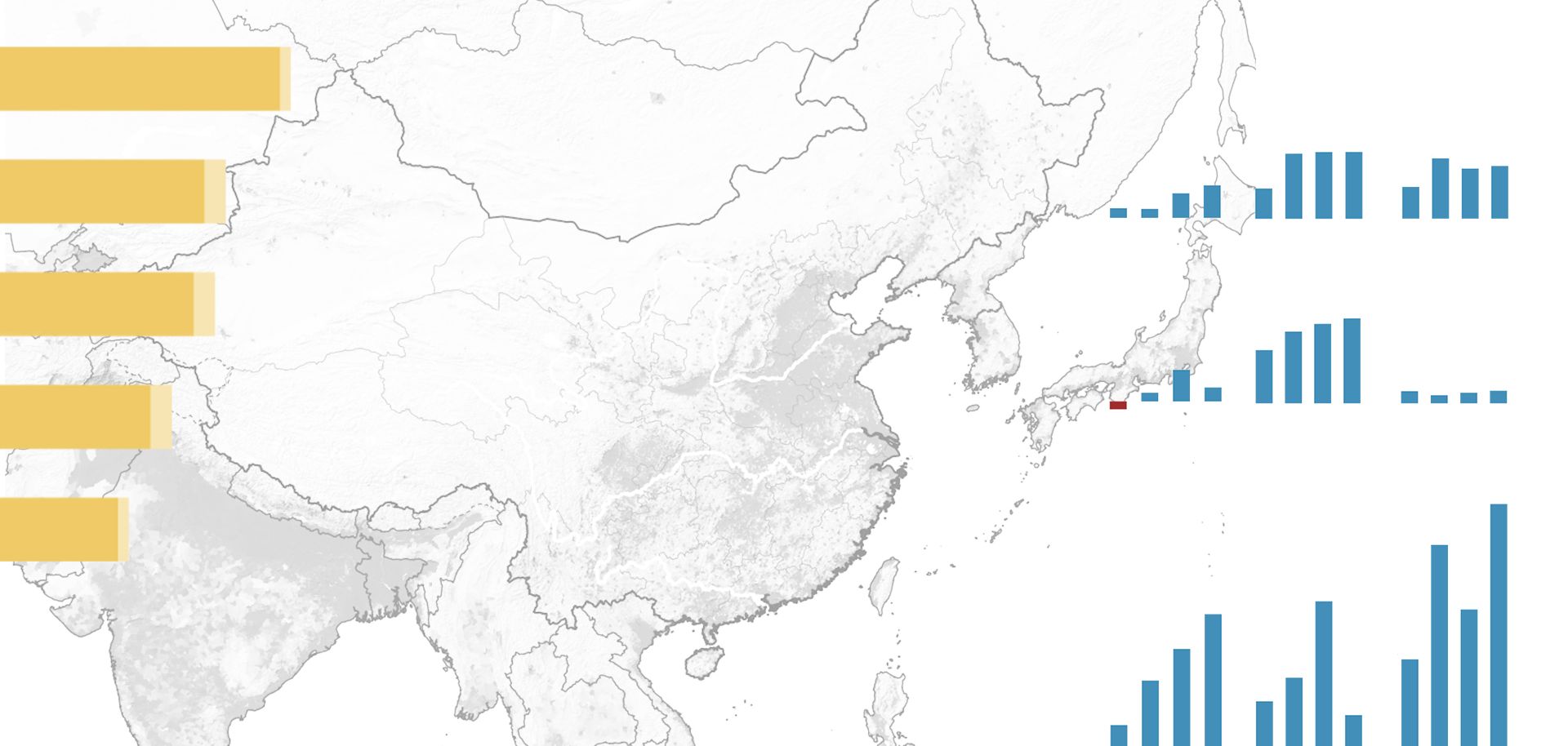
The U.S. invasion of Afghanistan reversed the Taliban's takeover in many parts of the country. The resulting geographic shift in support for militant groups led to a degradation of Central Asian militants' capabilities. The Taliban's series of successes ended when the United States invaded Afghanistan following the Sept. 11 attacks by al Qaeda. The U.S. invasion, facilitated by the support of the Northern Alliance and aided by Russia, was able to displace the Taliban and drive the movement from all major cities and towns within a few short months.
The invasion included U.S. security support to the Central Asian states that, with help from Moscow, made their territory available for logistical and support bases for U.S. and subsequently NATO operations into Afghanistan. This allowed the Central Asian governments and security forces in Uzbekistan, Tajikistan and Kyrgyzstan to destroy many militant cells from the Islamic Movement of Uzbekistan and other groups, such as Hizb al-Tahrir, the remainder of which sought refuge south of the border.
However, the resurgence of the Taliban after the U.S. drawdown in 2014 could increase volatility in the region. The links between Central Asia and Afghanistan — particularly northern Afghanistan — can be expected to intensify in the coming years. This will have important political and security implications for the region and beyond. Central Asia also faces its own internal problems that could lead to instability or be further exacerbated by the situation in Afghanistan in the coming years.



